What is a car’s wiring harness? The cars are quite large, with an average length of about 4 meters. Nonetheless, a car is probably assembled from more than 10,000 individual, non-disassembled parts, most of which are very small.
The wiring harness in the car is responsible for many functions in the car, such as airbags, ABS brakes, lights and engines, etc. Many important functions in the car. None of these features would be possible without the wiring harness.
Therefore, we should fully understand the role of automobile wiring harness. Next, we will explain to you the role and importance of automotive wiring harnesses.
What is a car wiring harness?
The automobile wiring harness is the network main body of the automobile circuit. Without the wiring harness, there would be no automobile circuit. A wire harness refers to a component in which contact terminals (connectors) punched out of copper are crimped to wires and cables, and then an insulator or metal shell is molded on the outside, and the wire harness is bundled to form a connecting circuit.
Simply put, automotive wiring harnesses assemble the cables, connectors, terminals, and wires that carry power in a car.
In the past, cars were purely mechanical and could run without electricity. But driving a modern car without electricity would be a miracle.
Therefore, the automotive wiring harness is a critical component of any automotive engine. Without them, electricity would not be able to reach the different electrical components of the car.
A car’s ignition system, such as the starter, chassis, and alternator, all require electricity. They wouldn’t be able to get this power without the car’s wiring harness to carry them.
But for cars, just having a car wiring harness is not enough. Wires and terminals must also be properly connected to electrical components.
Understanding this connection is about understanding the different wiring harness circuits.

Automotive wiring harness circuit
Because car wiring harnesses connect to different electrical components, they have different connection circuits.
These circuits serve different purposes. A regular standard automotive circuit has 12.
Circuit includes:
Dashboard lighting
meter
signal light
Heating and air conditioning
trumpet
parking lights
radio broadcast
brake light
taillight
turn signal light
Wiper
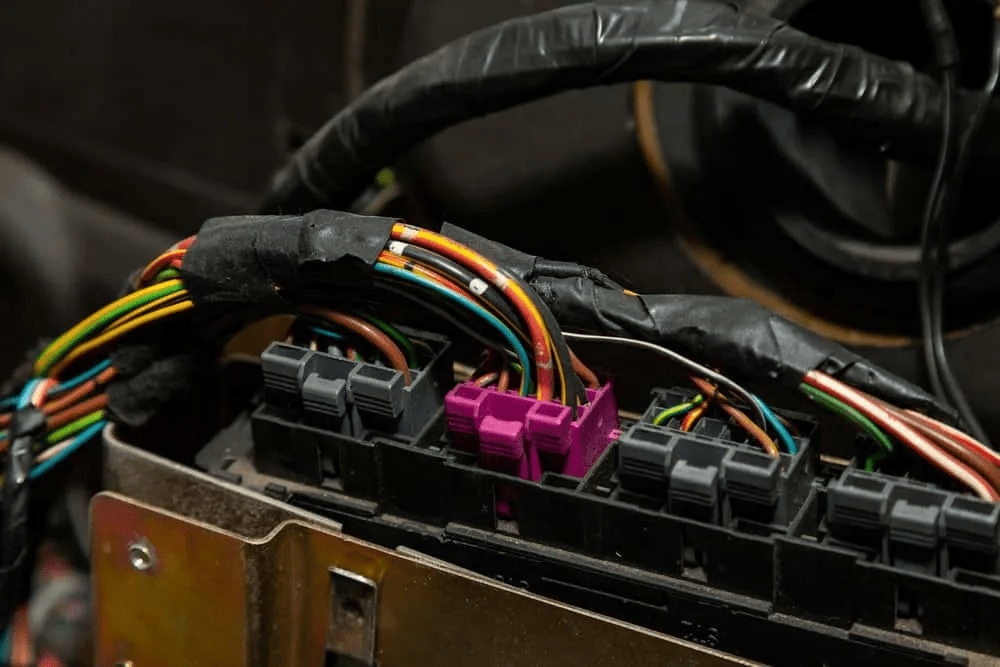
From their names, you can easily understand the function of each circuit.
However, many high-end vehicles have wiring harnesses with more than 12 circuits. Some have 18, some have 24. These additional circuits are important because vehicles are equipped with more electrical components.
If a car has 18 circuits, you will find the following are the additional circuits:
electric fuel pump
electric fan
high parking light
Two power locks
Radio B+ memory
But if the car has 24 circuits, these are all extra circuits in addition to 18:
dome light
trunk light
glove box light
clock
under hood light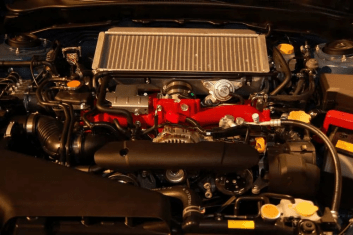
Automotive wiring harness components
In addition to circuits, automotive wiring harnesses have various components, including:
Connector
A connector assembly is exactly what it sounds like: it connects harness wires to different circuits and power sources. A typical connector has male and female ends. The two ends are connected together to carry current.
However, there are different types of connectors, depending on the harness. Their terminals also come in different materials, the best being brass and copper.
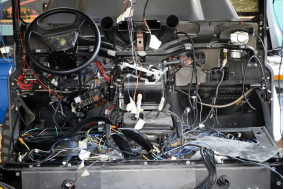
Fuse
Generally speaking, the purpose of a fuse is to protect electrical components in the event of a fault. For example, when the current is too high.
The characteristic of wire harness fuses is that the wires will melt easily under certain current levels. When it blows, it breaks the circuit.
Therefore, it prevents stray currents from reaching your car’s electrical components, thereby protecting them.
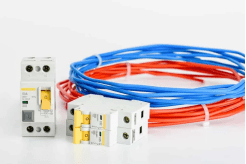
Fuse box
Each circuit in the wiring harness has an individual fuse. This means that one blown fuse will not affect all components. A fuse box is like a house where you can assemble different fuses. It is similar to a switchboard.

Relay
Relay components in automotive wiring harnesses are used for high current circulation. It is one of the most important components and draws power directly from the battery. In contrast, some components get their power from other car system components. Therefore, relay components can pass powerful currents from low currents.
Electric wire
A wiring harness is an assembly of cables or wires. Cables or wires are components in the view here. These are usually copper wires and come in different circuit measurement variations.
For example, horn and headlight circuits use 1.5 gauge wire. But the circuits of dome lights and door lights use 0.5 gauge wire. When purchasing wire for a circuit, it is critical to confirm the circuit’s amperage rating.
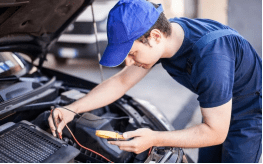
What are the advantages of automotive wiring harnesses?
Having a car wiring harness in your car is better than none. Here are some of the benefits they bring:
Short circuits occur less: With automotive wiring harnesses, there is less chance of short circuits in the circuit. Why? Because wire harnesses assemble multiple wires into well-arranged wire bundles. These strappings are inflexible but not loose.
Quick Setup: Installing a wiring harness can take a long time, requiring many wires and circuits to be connected. However, with automotive wiring harnesses, only one unit needs to be connected and all wires will work. In addition to simplifying setup, you can avoid incorrect connections.
Better Fuel Usage: Installing a car wiring harness will ensure that the car optimizes fuel usage. In the long run, you save money on gas.
More Durable: Cars often have to endure harsh environments. There are only a few examples, such as cold winter weather, heavy downpours, and heat waves. Under such conditions, automotive wiring harnesses can still function. These harnesses are made of sturdy material that won’t break easily.
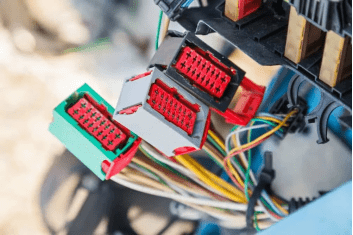
How to choose the right wiring harness for your car
The following tips will help you:
Check the circuit connections: This is the first and most important step. As mentioned, the standard harness has 12 circuits, but others have 18 or 24. The circuit connections must be checked to confirm they match your vehicle model.
Also, check the connection mode. Does it require crimping or soldering, or both? A combination of both is optimal performance.
Check if the harness is expandable: the car may only need a 12-circuit harness. What happens if you have a car that requires 18 circuits? A new wiring harness can be purchased. Alternatively, an expandable harness can be obtained that can accommodate more circuits from the assembly. Expandable wire harnesses are also a plus because they have less voltage loss.
Check the harness material: You don’t want anything but a durable harness. To ensure this, check the harness materials, especially the wire and connector materials. For wires, copper is the best choice. You can choose copper or brass as connector terminals, use aluminum terminals with caution.

Conclusion
Overall, the wiring harness in a car is an important bridge between the vehicle’s electrical system and its multiple electronic components.
It provides power and communication during operation from one component to another.
Without the correct wiring harness, a vehicle’s electrical system will face a number of issues, including power outages, reduced efficiency, and even the potential for fire if not properly monitored.
It’s important to inspect your car’s wiring harness regularly so you can spot any signs of damage before more serious problems arise.
This way, your wiring harness lasts longer and you prevent any unexpected maintenance costs.
